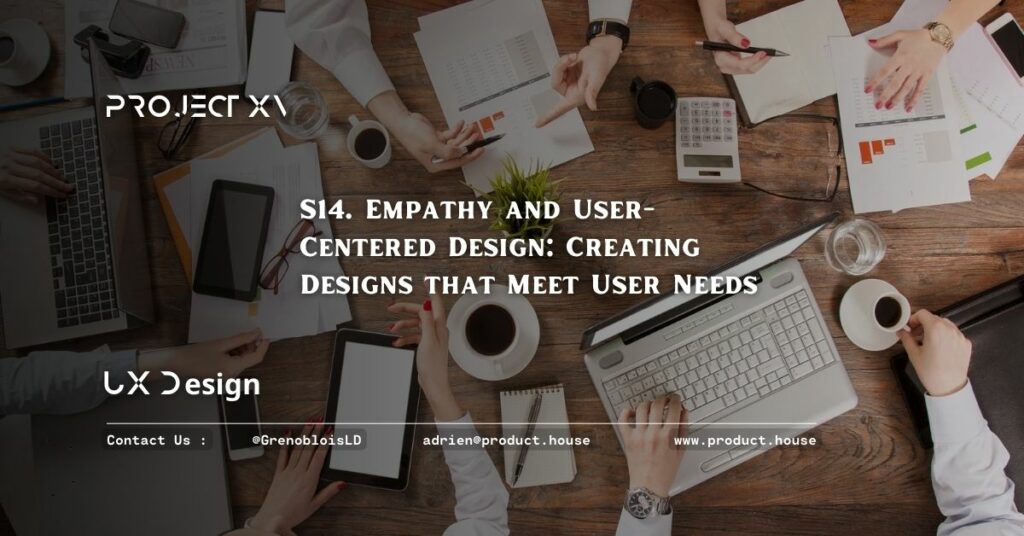S14. Empathy and User-Centered Design: Creating Designs that Meet User Needs

Empathy and understanding of user needs are essential for creating designs that meet the needs of users. They involve understanding the perspectives and needs of users, and designing solutions that address these needs. In this article, we’ll explore the benefits of empathy and user-centered design in the design process.
User-Centered Design
User-centered design is an approach to design that focuses on the needs of users. It involves understanding the perspectives and needs of users, and designing solutions that address these needs.
One of the key benefits of user-centered design is that it can lead to more effective and efficient designs. By understanding the needs and perspectives of users, designers can create designs that are more intuitive, user-friendly, and effective in meeting user needs.
Design Process
Empathy and understanding of user needs are also essential for success in the design process. They involve conducting user research, user testing, and using feedback to make informed decisions and improvements.
One of the key benefits of empathy and understanding of user needs is that it can lead to more effective and efficient designs. By understanding the needs and perspectives of users, designers can create designs that are more effective and efficient in meeting user needs, and that provide a better user experience.
Benefits of Empathy and Understanding of User Needs
Empathy and understanding of user needs can have numerous benefits for designers and the design process. By focusing on the needs of users and creating designs that meet these needs, designers can create more effective and efficient designs, and provide a better user experience.
Additionally, empathy and understanding of user needs can lead to greater job satisfaction and work-life balance. By creating designs that meet user needs, designers can take pride in their work and enjoy the satisfaction of knowing that they are creating something of value.
Conclusion
In conclusion, empathy and understanding of user needs are essential for creating designs that meet the needs of users. They involve understanding the perspectives and needs of users, and designing solutions that address these needs. Therefore, it’s important for designers to prioritize developing and mastering their skills in empathy and user-centered design.




